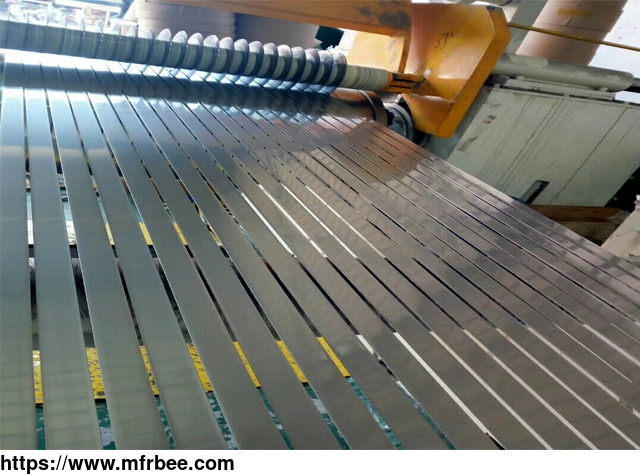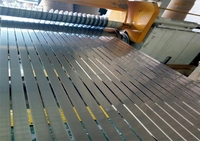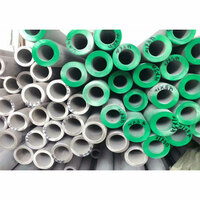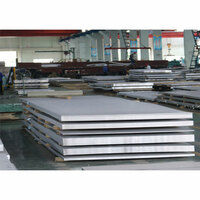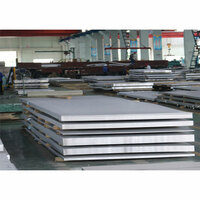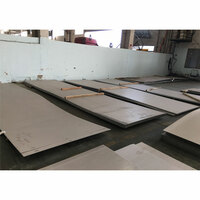316L Stainless Steel Strip
Specifications
316L Stainless Steel Strip
316 316l stainless steel has a maximum carbon content of 0.03, which can be used in applications that cannot be annealed after welding and require maximum corrosion resistance. 316L stainless steel
strips contain 12 to 15% nickel, with an average of 14%. This code is the American and Japanese models, China's model is 0Cr17Ni14Mo2. 316L (316) is the second most widely used stainless steel
after 304 stainless steel. Its main characteristics are acid and alkali resistance and high-temperature resistance. It is mainly used in food industry and surgical equipment. 316L contains 2% more
nickel than 316, so it is more resistant to acid and alkali and high temperature.
Processing Service Of Our 316l stainless Steel Strip
Cutting+Slitting -316L stainless steel narrow strip, special length/width plate
(1) Flame cutting: The cost of flame cutting equipment is low and it is the only economical and effective means to cut thick metal plates, but it has its shortcomings in thin plate cutting.
(2) Laser cutting:Laser cutting equipment can cut stainless steel china plates below 30mm. Adding oxygen to the laser beam can cut 40mm thick carbon steel, but after oxygen cutting, a thin oxide
film will be formed on the cutting surface.
(3) Wire cutting: It is developed on the basis of EDM perforation and forming. It has not only developed the application of EDM but also replaced EDM perforation and forming in some aspects.
(4) Shearing cutting:Uses a moving upper blade and a fixed lower blade and uses a reasonable blade gap to apply shearing force to metal plates of various thicknesses so that the plates can be
broken and separated according to the required size. Shearing machine is a kind of forging machinery, and its main function is the metal processing industry.
(5) Plasma cutting:It is a processing method that uses the heat of a high-temperature plasma arc to partially or partially melt (and evaporate) the metal at the incision of the workpiece and uses
the momentum of the high-speed plasma to remove the molten metal to form an incision.
(6) Slitting: Also known as slitting, refers to the process of uncoiling, slitting, leveling, and winding of stainless steel coils into coils of the required width.
Surface processing - 8K mirror, HL hairline, color coating
Bending+Welding - OEM customized products as drawing
Application Of 316l Corrosion Resistant Stainless Steel Strip.
- Country: China (Mainland)
- Business Type: Manufacturer
- Market: Africa,Americas,Asia
- Founded Year: 2012
- Address: No. 2, Epang Road, Lianhu Dist,xian city,Shaanxi province, China
- Contact: Goldpro .com
